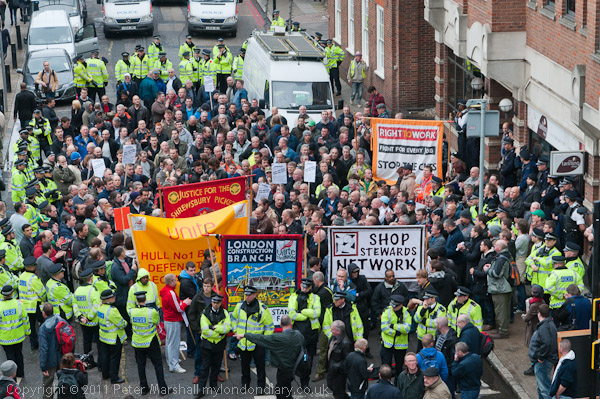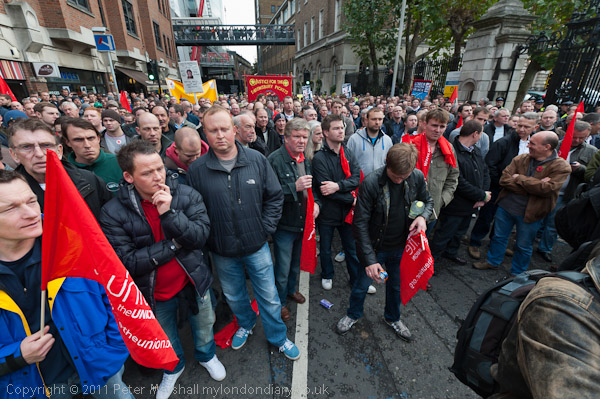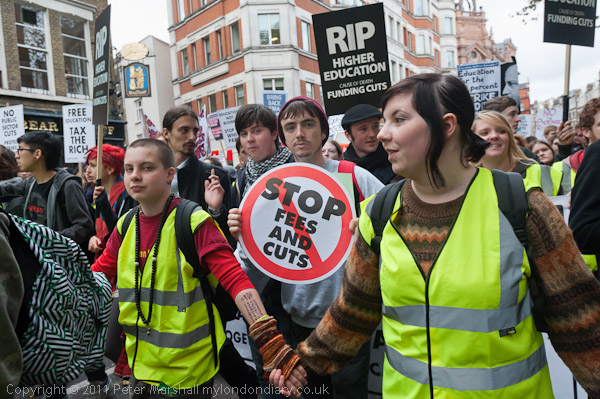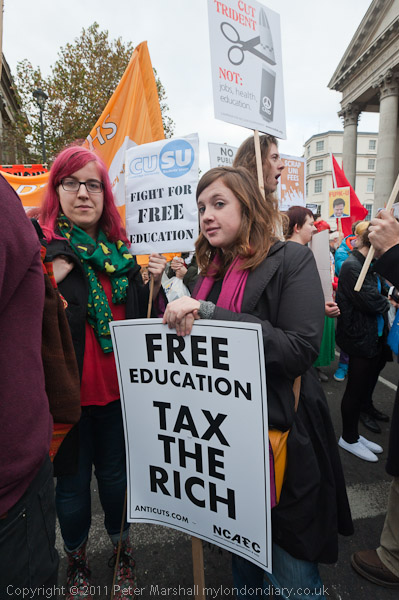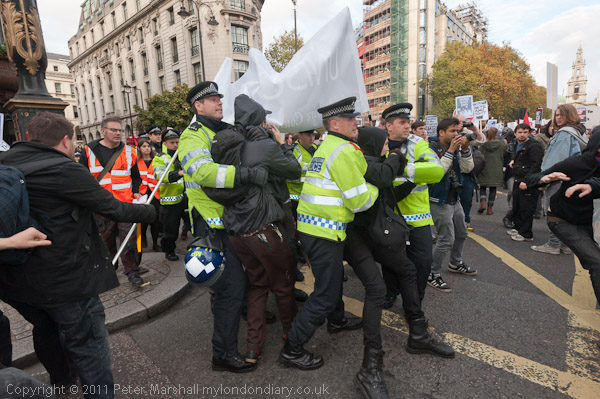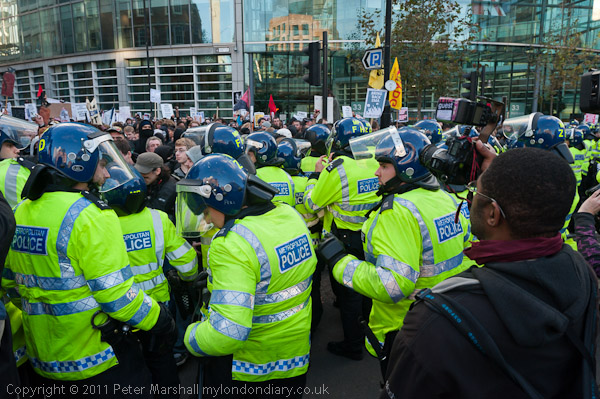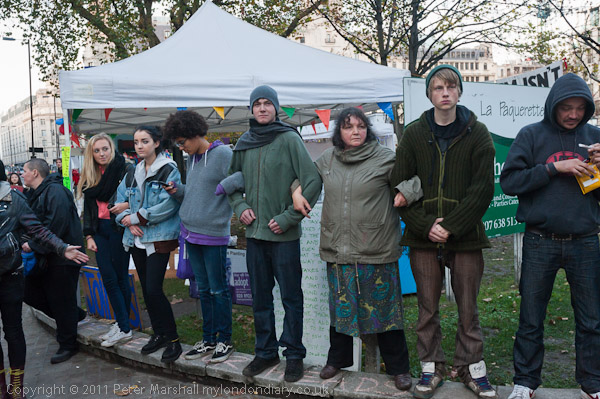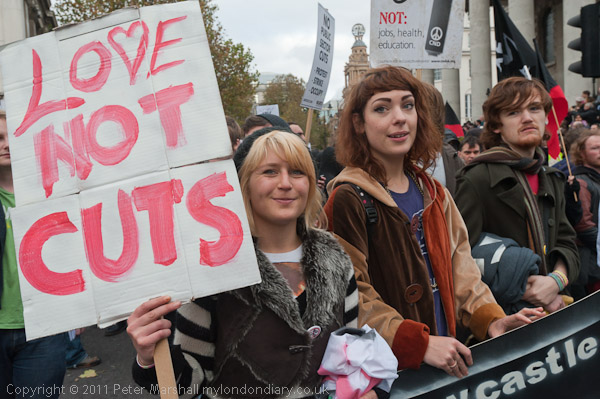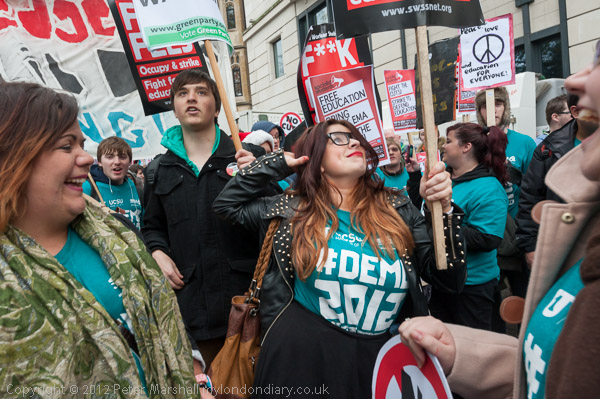
One of the main issues that led to a huge slump in votes for the Liberal Democrats in the 2015 General Election was their support as a part of the Conservative-Lib Dem coalition government for increasing student fees. In 2010, there were 57 Liberal Democrat MPs, but their number fell to 8 in 2015, and has only recovered slightly in the two following elections, with currently 11 MPs. Of course the drop is exaggerated by our first past the post electoral system which is grossly unfair to minority parties, but it still reflects an enormous drop in public confidence in the party.
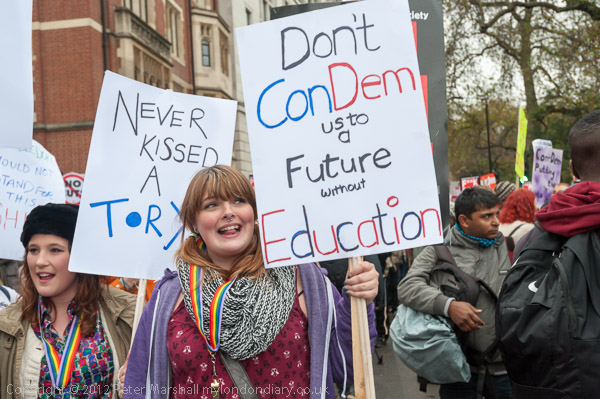
Before the 2010 election, the Lib-Dems had been seen as a moderate centrist party opposed to both Tories and Labour, but their actions in the coalition shifted perceptions; in many eyes they became seen as simply a rather lightweight branch of the Conservative Party and certainly no longer a credible opposition.

It was the Labour Party who had introduced student tuition fees under Blair’s New Labour government in 1998, setting them at £1,000 a year. New Labour again raised them in 2006 to £3,000. But in 2012 the Tory Lib-Dem coalition tripled them again, to £9,000 – so totalling £27,000 for a normal 3 year course. The fees were stated to be a maximum, but it was soon what almost all universities were charging.
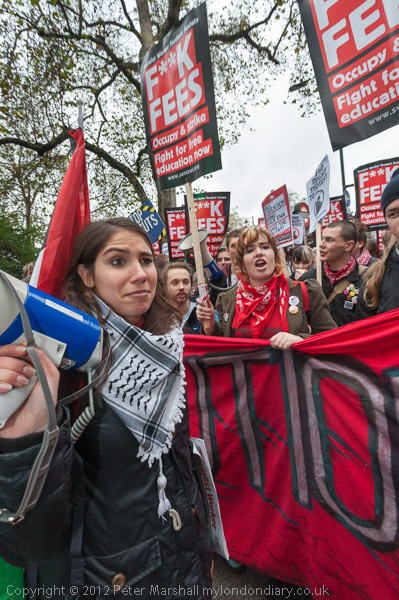
After World War 2, most local authorities had provided maintenance grants for students, enough to cover their living costs for the roughly 30 weeks a year of most courses. The 1962 Education Act made this a legal obligation; the grants were means-tested with a minimum of around a third of the full grant, with wealthier parents being expected but not obliged to make up the difference. But all of us from poorer families got the full grant.
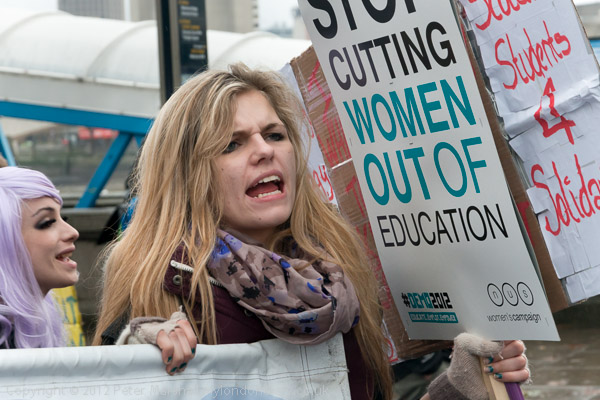
When the Tories under Mrs Thatcher replaced these grants with student loans in 1980 there was an immediate fall in university applications – the 1981 figures showed a drop of 57% from 1979. The loan system was a boon to students from wealthy homes, taking the obligation from their parents for supporting them – and at the start the terms of the loans made it an advantage for rich students who had no need for them to take them out. Since then the terms of the student loans have worsened considerably.
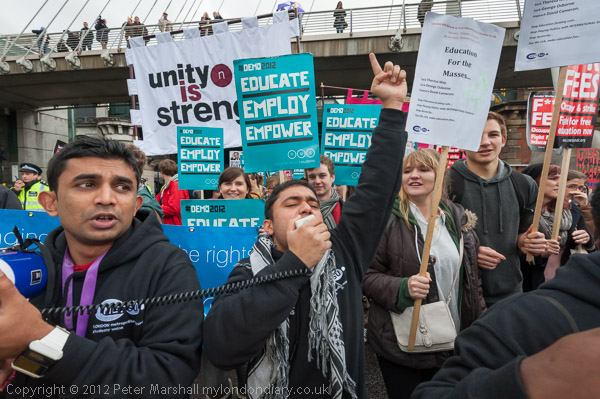
Many have since found that with rising costs the maintenance loan available isn’t enough to pay for their accommodation and food and some need to take out more expensive loans than the student loan to keep alive during their course. I’ve seen too the long queues for the free food offered by Hare Krishna in Bloomsbury at lunchtimes, and students have also had to go to food banks and other places offering support.
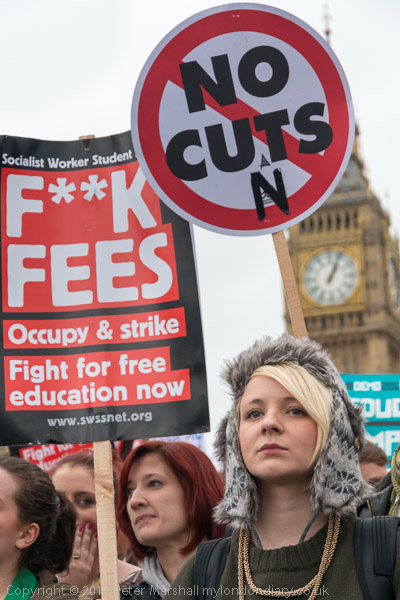
Many students now work during term-time, some putting in long hours in bars and other part-time work which must affect their studies. When I was a student, taking paid work could have led to me being thrown off my course, although of course I did work during vacations, and needed to, as these were not covered by the grant.

Higher education students are not the only ones who were suffering from the cuts made by the Coalition government. Younger students, 16-18 year olds still in schools, sixth form colleges and FE, were angry at the loss of the Educational Maintenance Allowance (EMA) of up to £30 per week, which many needed to pay their fares to college and to buy midday meals while studying.
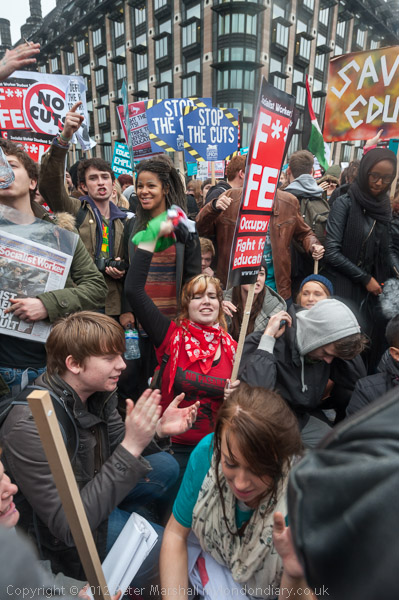
And as I pointed out “Students are also concerned about other cuts being made by the government which will affect them, and also by the increasing efforts to privatise the education system at all levels. There were also many placards pointing out the class-based nature of our education system and our government, with a cabinet stuffed with privately educated millionaires who appear to have little idea of how difficult times are for ordinary people and no real sympathy for them.”
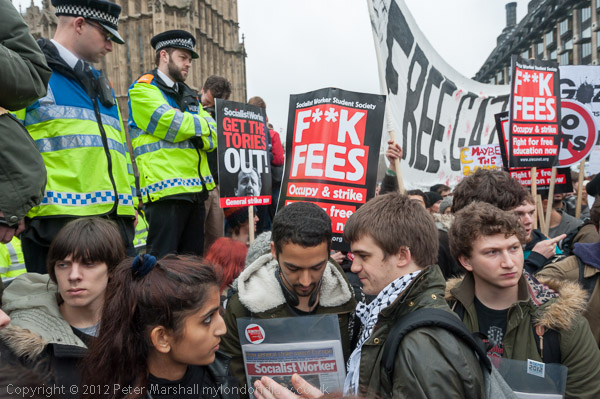
Since the student protests of November and December 2010 the police had become very worried about the possibility of violent scenes – often provoked by police action – at student protests, and were out in force. The march organisers too had agreed a route with the police which would cut down the possibilities, taking the marchers across Westminster Bridge to end with a rally in Kennington Park, well away from any government ministries and Tory and Lib-Dem party headquarters. This was a peaceful protest although the roughly 10,000 attending were clearly very angry and small groups who attempted to break away from the protest in Parliament Square where the march stopped for a photocall and many sat down on the road were fairly soon moved on.
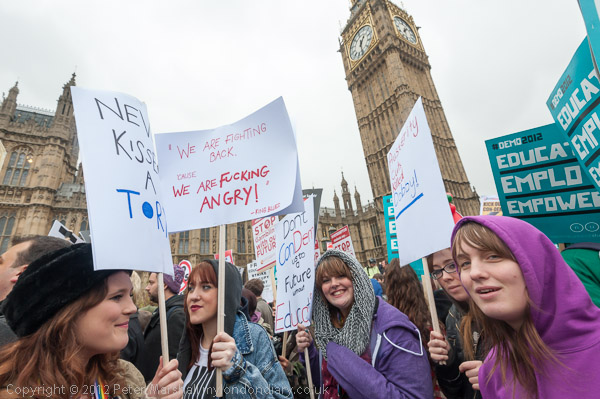
There were still a few sitting on the road or standing around outside parliament when I decided to leave; it was raining slightly and dark clouds suggested a downpour was on the way. I decided nothing more was likely to happen at Westminster and that a rally in pouring rain was unlikely to be of great interest and started on my way home.
More at Students March on Parliament.
